Definition
Color Psychology is a psychological concept that taps into the human tendency to associate colors with emotions, meanings, and actions.
It’s a way to influence how people feel about and interact with your brand using strategic color choices in your design, imagery, and overall visual presentation.
Color Psychology works by using subconscious color associations to guide perception, emotion, and decision-making.
You might see it in:
- Branding: Using specific colors to evoke desired emotions (e.g. blue for trust in finance apps)
- Call-to-Action buttons: Making “Buy Now” buttons stand out with contrasting colors
- Sale signaling: Using red to create a sense of urgency for discounts
- Product categorization: Color-coding different product lines or categories
- Luxury signaling: Black, gold, and purple to convey premium quality in ads and landing pages
Key Points
- Emotion evocator: Different colors trigger different feelings and associations
- Brand personality shaper: Colors help define and communicate brand identity
- Attention grabber: Certain colors naturally draw the eye more than others
- Cultural communicator: Color meanings can vary significantly across cultures
- Conversion influencer: The right colors can boost click-through and conversion rates
Why It Works
- Emotional Associations: Colors can make you feel certain ways about products or brands.
- Cultural Symbolism: Colors mean different things in different places, changing how people see messages.
- Contrast and Visibility: Some color combinations naturally catch your eye, making important things easy to spot.
- Memory and Recognition: Colors play a crucial role in brand recall and recognition.
- Perceived Value: Some colors can influence perceptions of quality, luxury, or affordability.
- Action Stimulation: Certain colors can make you want to take action, like buying something or clicking a button.
Application To Ads
In the world of social ads, Color Psychology is your paintbrush for creating scroll-stopping masterpieces. Use red to create urgency for limited-time offers. Opt for blue to promote trust for financial products. Want to seem eco-friendly? Go green (literally). It’s like being a visual DJ, mixing and matching colors to create the perfect emotional soundtrack for your ad.
Application To Landing Pages
On landing pages, Color Psychology can turn “meh” into “must-have” faster than you can say “add to cart.” Use contrasting colors to make your CTA buttons pop. Employ your brand colors consistently to build recognition. Create a color hierarchy that guides users through your page. It’s like creating a color-coded treasure map where X always marks the conversion spot.
Steps To Implement
- Understand color meanings: Research the psychological associations of different colors
- Define your brand personality: Choose colors that align with your brand’s character
- Consider your audience: Think about cultural and demographic color preferences
- Create contrast: Use complementary colors to make important elements stand out
- Be consistent: Develop a color palette and use it consistently across your materials
- Test different combinations: A/B test various color schemes to see what converts best
- Don’t forget accessibility: Ensure your color choices work for color-blind users too
Real-World Example
Picture this: An eco-friendly cleaning product startup was struggling to convey their brand essence. They decided to splash some Color Psychology magic all over their marketing. They swapped their original blue color scheme for a fresh, natural green palette. They used earthy browns for grounding and added pops of sunny yellow to evoke happiness. On their landing page, they used a calming sage green background with a vibrant green CTA button that practically screamed “eco-friendly.” The result? Website engagement increased by 40%, and sales cleaned up with a sparkling 35% boost. That’s not just a color change – that’s a green revolution!
Potential Pitfalls
- Stereotyping: Don’t rely too heavily on cliché color associations
- Cultural insensitivity: Be aware that color meanings vary across cultures
- Overcomplication: Too many colors can create visual chaos
- Ignoring context: Consider how colors interact with each other and your overall design
- Personal bias: Don’t let personal color preferences override strategic color choices

